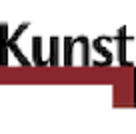Introduction
The University of Fine Arts Münster is a public higher art school in Münster, North Rhine-Westphalia, Germany. It focuses on education and research in the field of fine arts, provides students with a wide range of art disciplines and professional courses, and has trained many outstanding artists and art educators.
Overview
Student size: The school has about 360 students.
Course settings: The course includes a ten-semester "Fine Arts" degree course, which is divided into a two-semester basic study stage and an eight-semester main study stage, covering the study areas of "Art Research", "Art History" and "Other Art-related Sciences". In addition, a teacher training course is offered in cooperation with the University of Münster, which can lead to a bachelor's and master's degree in education respectively. The school also has the right to award doctoral degrees.
History and founding time
The school was founded in 1971.
Strength of running a school
Faculty: It has more than 70 teachers and staff, most of whom are artists and scholars with rich experience and professional attainments in the field of art. They can provide students with professional guidance and personalized teaching to help students continue to grow and develop on the road of art.
Teaching resources: The school building was designed by Austrian architect Günther Domenig. It has spacious and bright studios and exhibition areas, various art studios and workshops, and a library shared with the Department of Design and Architecture of the University of Applied Sciences of Münster. The library won the first place in the "European Student Steel Design Award" in 2009 and the 2012 Second place in the German University Architecture Award in 2017 and many other awards.
Nature of the institution
Public art school.
Educational philosophy
Emphasizing the principles of studio work and cross-semester learning, and conducting practice-oriented education under the guidance of artist professors, this education model originates from the art education form of traditional art academies, and is fundamentally different from the academic curriculum and module system, aiming to provide the best preparation for students' future work areas.
Focus on cultivating students' artistic practice ability and theoretical literacy, so that students can have a deep understanding of art history, art criticism, art theory and teaching methods while mastering art creation skills, laying a solid foundation for their future art creation or art education work.
Key laboratories and disciplines
Key disciplines: Painting, sculpture, installation art, performance art, photography, film, new media, art history, art criticism, art theory, art education and other disciplines are the school's key development areas. These disciplines have high levels and characteristics in teaching and research.
Key laboratories: Although the key laboratories in the traditional sense are not explicitly mentioned, the school has advanced studios and workshops, providing students with professional places for practical operation and artistic creation, where students can give full play to their creativity and talents, and explore and practice various art forms.
Department
The school's clearly divided departments have not been found, but from its course settings, it can be roughly divided into the Department of Fine Arts Creation, the Department of Art Theory, the Department of Art Education, etc.
Ranking
There is no authoritative comprehensive ranking of the school that is widely recognized internationally, but according to Wanderlog's rating, the school has scored 3.8 points (out of 5 points).
Expenses
Tuition fees: Public schools usually have lower tuition fees or no tuition fees, but the specific situation may vary depending on the major and course, and further inquiries to the school's official website or consultation with the school's admissions department are required for confirmation.
Other fees: Students need to pay some miscellaneous fees, such as registration fees, textbook fees, studio material fees, etc., as well as living expenses, including accommodation, food, transportation, etc.
Campus
Location: Since 2001, the school has been located on the 10-hectare Leonardo Campus near the old town of Münster. The campus has convenient transportation and a strong cultural and artistic atmosphere around it, providing students with rich artistic inspiration and creative materials.
Campus facilities: The campus has the school's main teaching building, student studios, various workshops, libraries, exhibition halls, student-run cafes, campus cafeterias, etc., as well as tree-lined courtyards and surrounding green spaces, providing students with a good environment for learning, creation, communication and leisure.
-
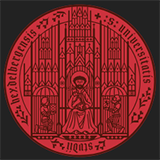
Heidelberg University
-
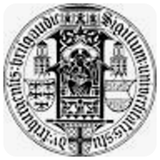
University of Freiburg
-
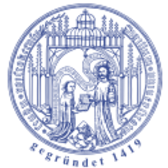
University of Rostock
-
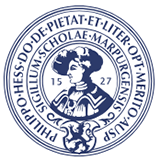
University of Marburg
-
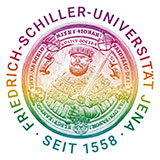
University of Jena
-
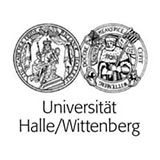
University of Halle-Wittenberg
-
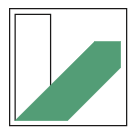
University of Bayreuth
-

Leipzig University
-
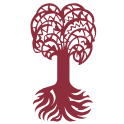
University of Tübingen
-
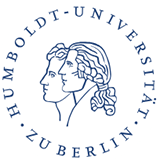
Humboldt University of Berlin
-

Mesoamerican University
-

Istmo University
-

Mariano Galvez University of Guatemala
-

Regional University of Guatemala
-

Galileo University
-

Francisco Marroquín University
-

Rafael Landívar University
-

University of the Valley of Guatemala
-

University of San Carlos of Guatemala
-

Technological Institute of Tlaxcala Plateau
-

Golfo University
-

Technological University of South Sonora
-

Technological University of Huejotzingo
-

Tizimín Institute of Technology
-

Chilpancingo Institute of Technology

